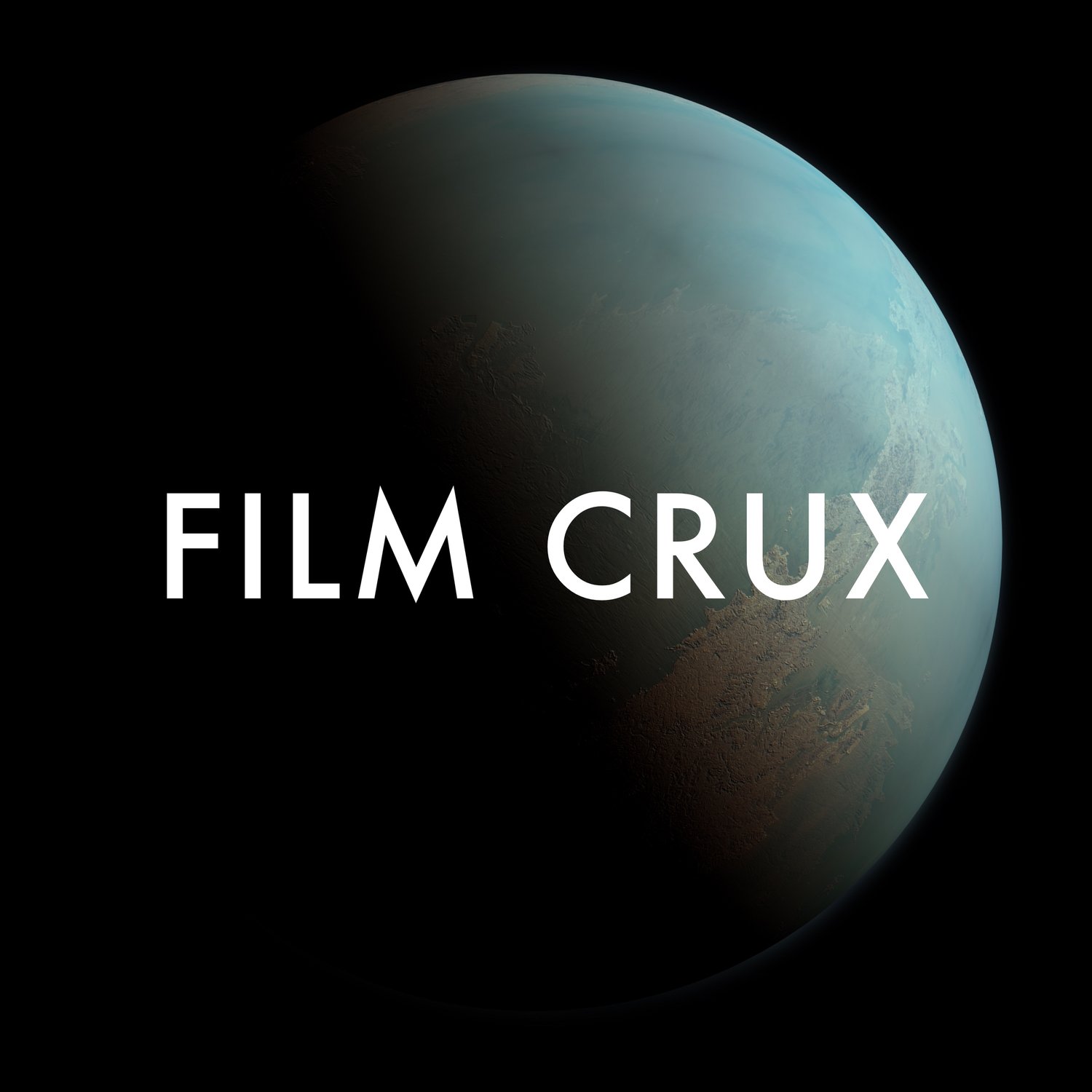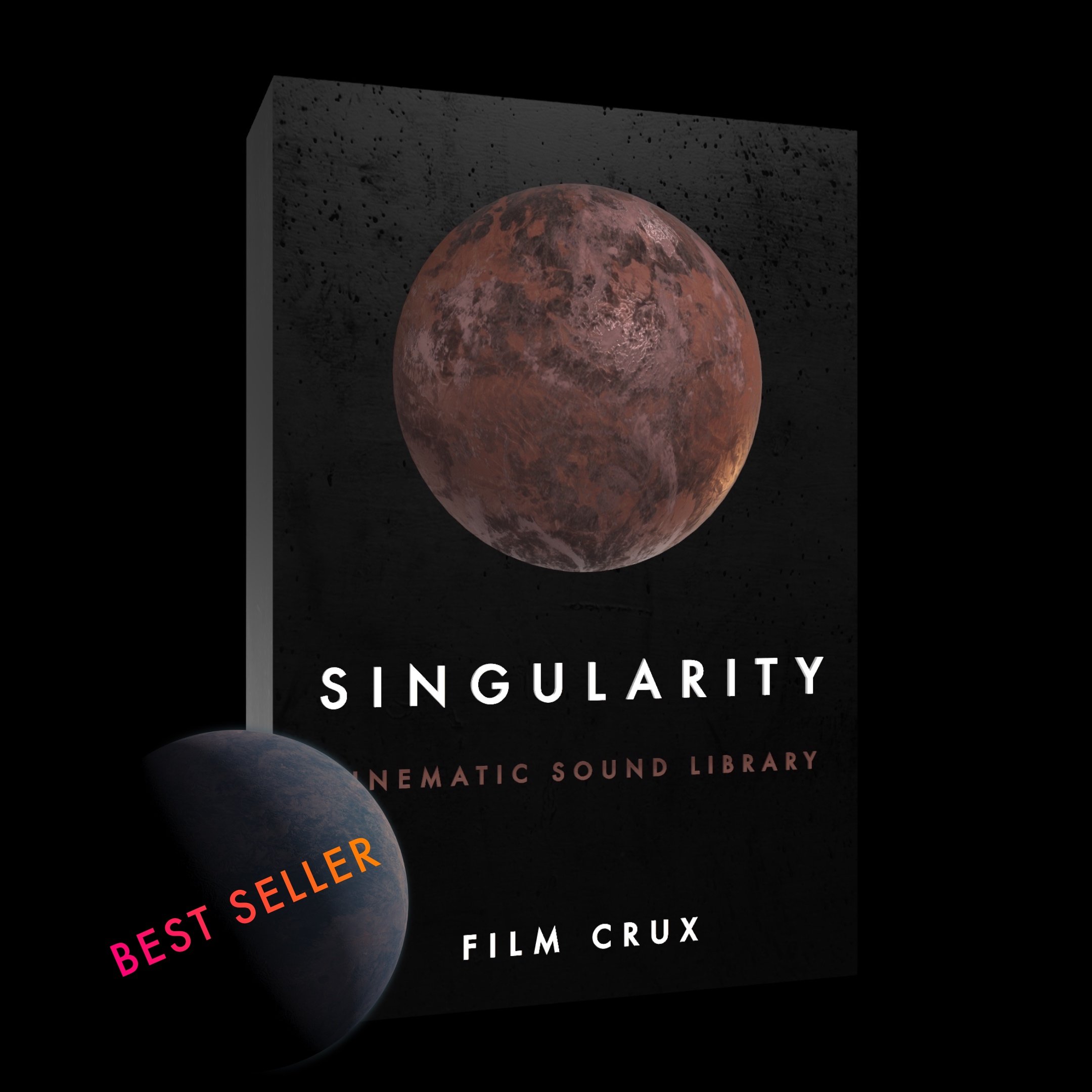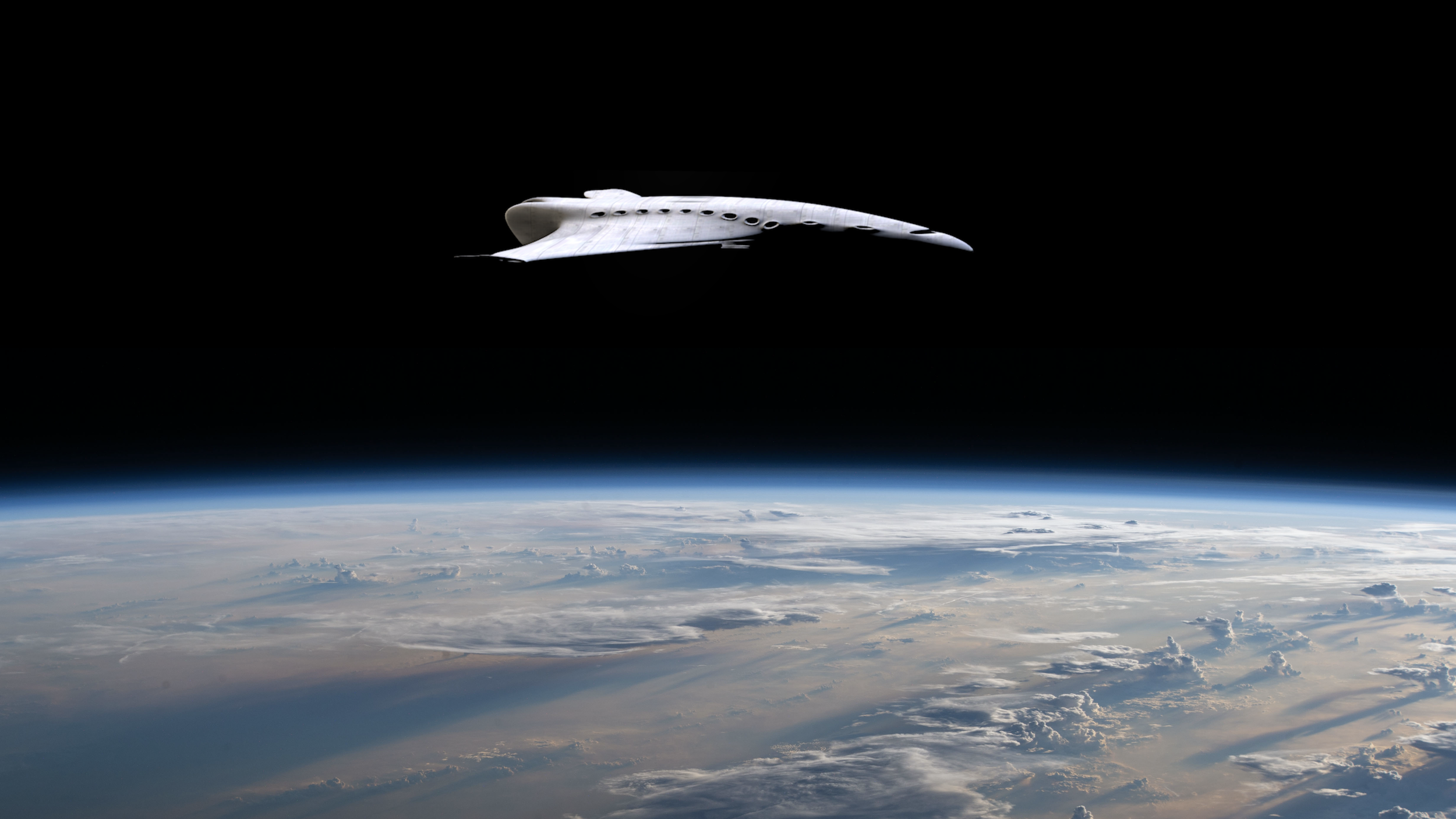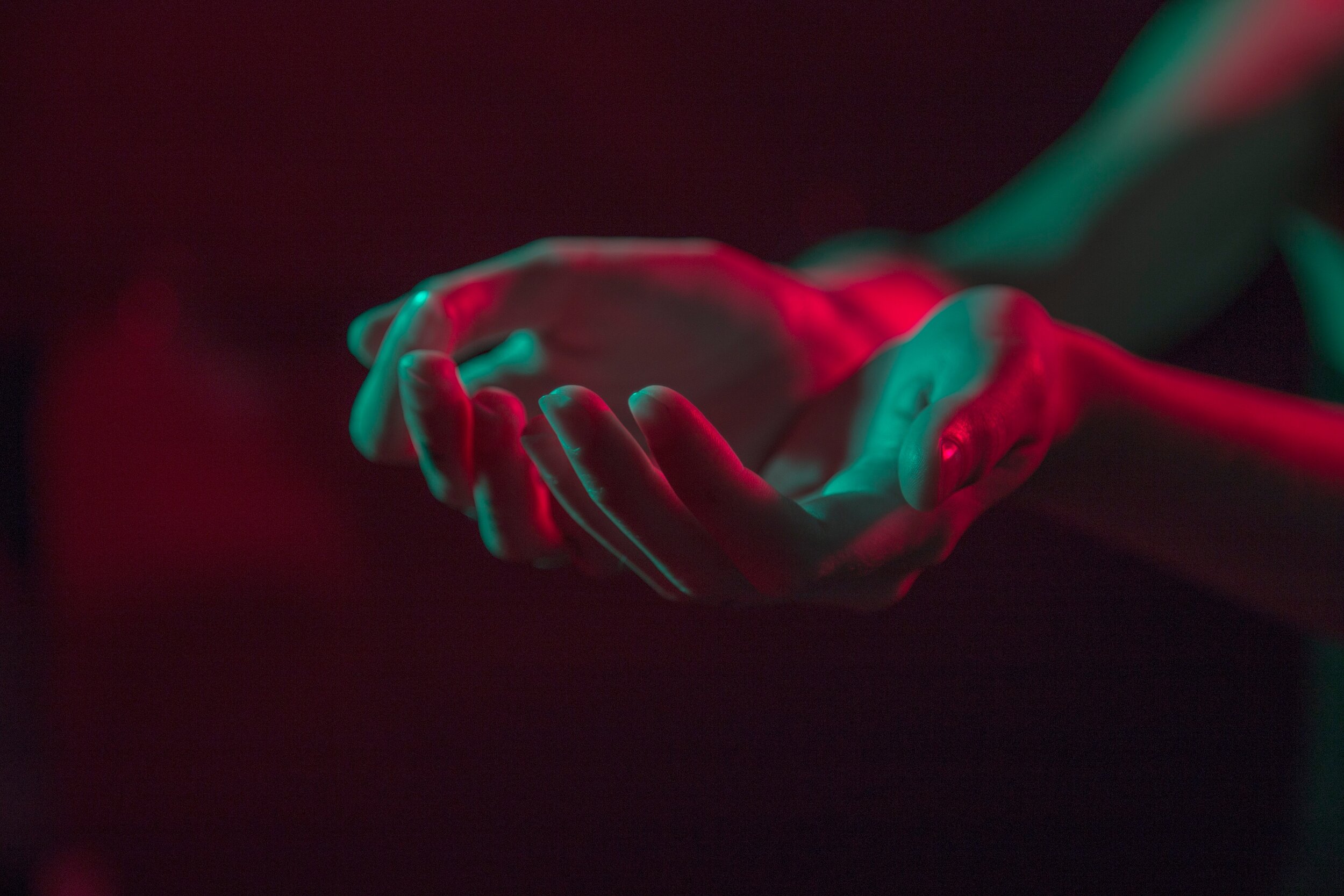13 Sound Design Tips for More Cinematic Films
Just about every filmmaker knows by now…
that sound design can really make or break your films.
It’s one of the defining characteristics separating captivating, cinematic work, from films that look amateurish and novice.
With beautiful sound design, even the simplest shots can be heightened to new levels.
That’s why we put together this list of 13 of our best sound design tips to help you make your films more cinematic.
Punctuate
If you have a big impactful moment, punctuate it with a powerful hit.
Ambiance
Using wind and other environmental ambiance’s at varying intensities can add an incredible amount of depth to your films. It can also help tie together your shots so that they seem more coherent, and part of a singular vibe or mood.
Contrast
Alternate between loud and quite sounds. Each gives the other much more impact.
Build
Build intensity, tension, or hype by using risers that lead up to impactful moments or climaxes in your films. Start soft, and then increase volume and speed.
Repetition
When you don’t have music, a simple way to simulate a score is by using repetition. Using repeating elements gives the illusion and feel of a score, even if you have no musical ability whatsoever.
Titles
Punctuate titles with hits that are representative of your piece, or at least the current or upcoming feeling you’re trying to convey. If your piece is wondrous and inspiring, use something light like a piano hit. If your piece is intense, use a heavy hit or braaam.
diy
If you cant find just the right sound effect, you can always make it yourself. For instance, if you don’t have a riser, you can just reverse any cymbal or hit sound effect to create your own. Some sounds work better than others, but experiment and you’ll find some that sound truly amazing.
Reverb
If you like a sound effect, but it just isn’t getting across the scale you’re looking for, try adding a bunch of reverb. This will make your sound effect feel bigger than it is by giving it more weight and distance.
Layer
Layer multiple sound effects together to give your sound design more depth. A single sound on its own might not be that great, but when layered with a few others, it can have an enormous effect on your film.
Taper
Taper or fade the very beginning and very end of every video you do, all the way to complete silence. This is important even if it’s just for a split second. This will help you avoid any unnecessary clicks or pops caused by your sounds starting too abruptly. This is also useful if you’re using cheap sound effects that aren’t already tapered.
Feeling
Sound design isn’t about accuracy, it’s about feeling, and sometimes an inaccurate sound effect better articulates the feeling you’re trying to get across to the audience.
Score First
Sometimes it’s better to create the framework for your sound design first, even before editing your video. If you’re not using music, you can use sound design the same way by creating a rhythm you can then edit to like a music video. Then you can just add additional sound elements in after your video clips are in place.
Pitch Shift
One way to significantly alter a sound effect you already have at your disposal is by pitch shifting. By altering the pitch to be higher or lower, you can make the same effect feel serene and beautiful or intense and terrifying.
If you want to get started right now, make sure you check out our must-have sound effects packs to get everything you need for amazing sound design.










